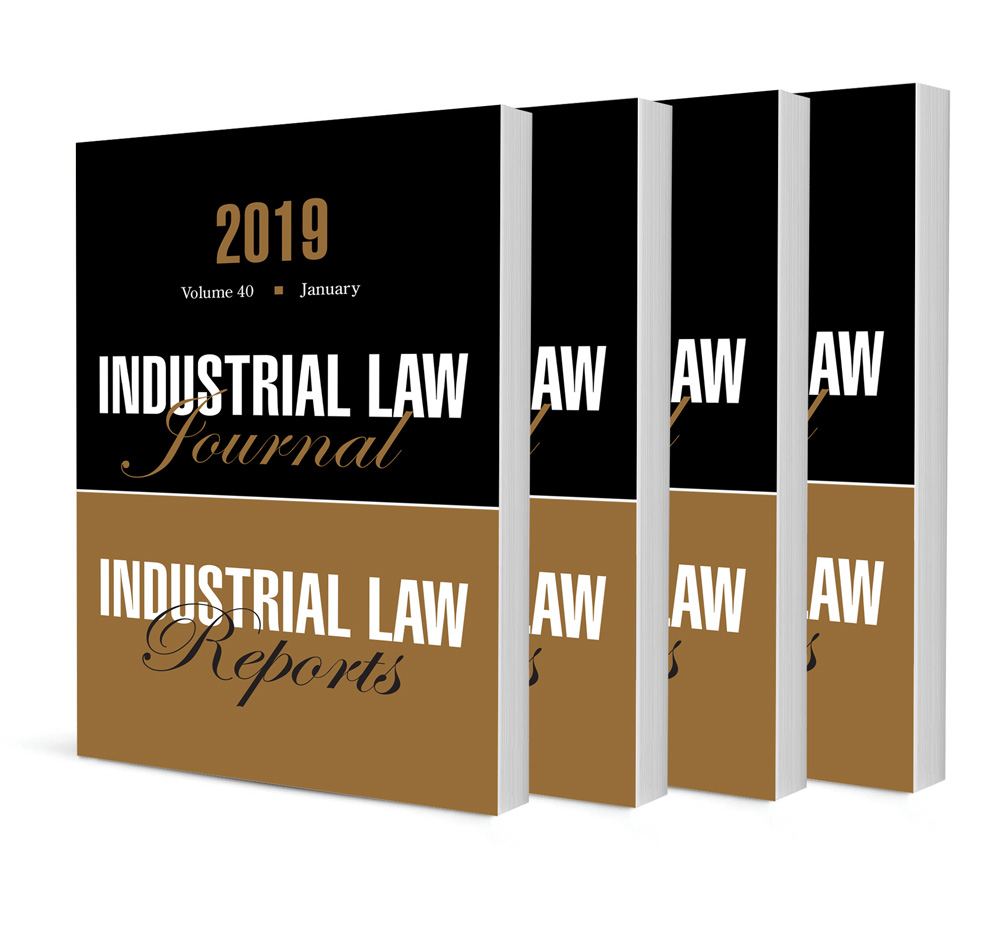Leave for working fathers in the SADC region

Leave for working fathers in the SADC region
Authors Lisa Dancaster, Tamara Cohen
ISSN: 2413-9874
Affiliations: Honorary Research Fellow, School of Law, University of KwaZulu-Natal; Associate Professor, School of Law, University of KwaZulu-Natal
Source: Industrial Law Journal, Volume 36 Issue 4, 2015, p. 2474 – 2494
Abstract
This article examines legislated leave provisions for working fathers in the fifteen member states of the Southern African Development Community (SADC). Leave for working fathers in these countries is found in a variety of legislative measures, including specific paternity leave provisions and in ‘other’ more general leave provisions. Three models are developed and used as a framework for analysis of legislation around paternity, parental and ‘other’ leave for fathers in all SADC member states. The findings from this analysis show a low level of legislated leave for fathers in SADC countries and the absence of any parental leave in the region. In particular policy options regulating leave for fathers in South Africa are highlighted. Comparisons are made with policy provisions regulating leave for fathers in developed countries. An assessment of the findings is also made against the provisions of SADC standards regulating leave for fathers. The findings provide new evidence on the nature and extent of leave for working fathers in the SADC region. They also highlight the divergence between parental leave schemes in more developed countries and leave provisions for fathers in SADC countries. The three models provide a useful analytical tool for research on leave for working fathers in countries in less developed regions of the world.